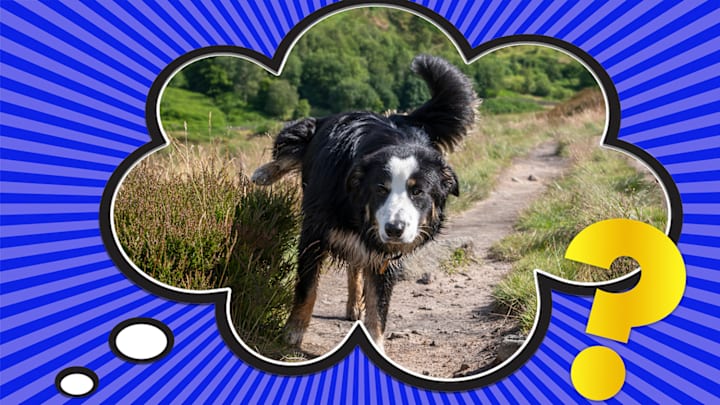If you own a dog, you have plenty of time to contemplate their bathroom habits. That’s because you’re usually the person standing idly by while they take care of their business.
With all that time to think, you might have wondered why pups often lift their leg to urinate even though it’s not anatomically necessary. (Dogs can perform a squat-and-pee with no issue.) It’s almost as weird as watching them spin around in a circle before pooping. So, why do they do it? The answer has a lot to do with how canines communicate with each other.
You probably assume (correctly) that dogs consider urination to be a way of “marking” their territory. That’s true, but it’s how they do the marking that’s important. By lifting a leg, a dog can better direct a stream of urine to a vertical surface where the odor will linger. If a dog squats or extends its hind legs backward (known as the “racehorse stance”), the urine will be directed toward the ground and absorbed by soil. It’s the dog equivalent of a dropped call.
Smaller dogs find the leg lift particularly helpful. By spraying upward, they’re indicating they’re larger than they really are. It’s a kind of canine bluff to help ward off larger dogs that might perceive their territory as being occupied by an easy target.
Many male dogs start off in the racehorse stance, then graduate to the leg lift once they reach puberty. It’s also not exclusively the domain of males. Female dogs will mark territory, though they might make use of a hybrid “squat-raise” that doesn’t spray the urine as high.
Dog urine is full of information for other dogs, transmitting details about health, gender, and even stress levels, so it’s important they get it right.
Discover More Fascinating Facts About Dogs:
A version of this story was originally published in 2021 and has been updated for 2024.
